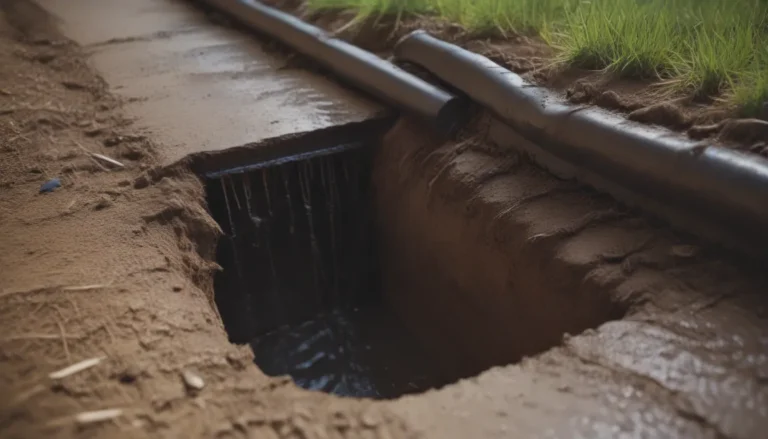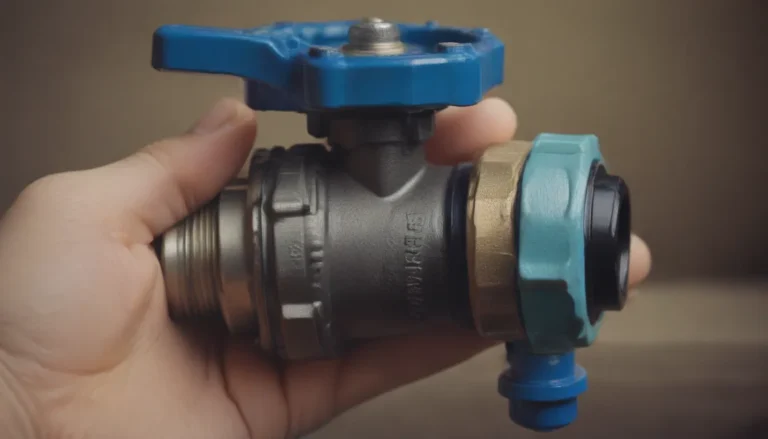Understanding the High-Temperature Limit Switch on Your Furnace

When it comes to keeping your home warm and cozy during the colder months, your furnace plays a vital role. But have you ever wondered about the small yet crucial component that helps ensure your furnace operates safely and efficiently? Enter the high-temperature limit switch.
What Is a High-Temperature Limit Switch?
The high-temperature limit switch, also known as the fan limit switch or simply the limit switch, is a device found in forced-air furnaces that are powered by natural gas, liquid propane, or heating oil. This component serves two key functions in the operation of your furnace:
- Controls the Fan: During the normal heating cycles of the furnace, the limit switch turns the fan on and off. This helps circulate the warm air throughout your home.
- Monitors Temperature: The limit switch also senses heat and shuts down the furnace if the interior temperature gets too high. This is important for preventing overheating and potential damage to your furnace.
Identifying the Limit Switch
To locate the limit switch in your furnace, you’ll need to remove the cover panel. The limit switch typically consists of a long temperature sensor probe attached to a mounting plate. The probe extends through the wall of the furnace, while the plate is fastened to the hot air supply plenum, above the combustion chamber or heat exchanger.
You may find that your furnace has multiple limit switches that check temperatures at different parts of the furnace. These switches may have their own mounting plates or be part of a single combination unit. In some older furnace models, the limit switch mounts on the outside of the furnace and is protected by a rectangular cover plate.
How Does the Limit Switch Work?
The limit switch is a crucial player in every normal cycle of your furnace. Here’s how it operates:
- Thermostat Activation: When the thermostat calls for heat, the furnace burners ignite, heating the heat exchanger. Initially, the air above the heat exchanger is not warm enough to heat your home, so the limit switch keeps the blower off.
- Fan Activation: Once the air in the plenum reaches a specific temperature, the limit switch activates the blower fan. This circulates the warm air through the heat exchanger and into your home while pulling cool air back to the furnace.
- Heat Extraction: After reaching the desired temperature set on the thermostat, the burners turn off. However, the blower fan continues to run to extract remaining heat from the heat exchanger.
- Overheating Protection: If the heat exchanger gets too hot, indicating a potential issue such as a dirty filter or malfunctioning blower fan, the limit switch shuts off the burners to prevent damage to the furnace.
Signs of Limit Switch Malfunctions
Recognizing the symptoms of a malfunctioning limit switch is crucial for maintaining the efficiency of your furnace. Here are a few common signs to watch out for:
- Continuous Fan Operation: A malfunctioning limit switch may cause the blower fan to run continuously even when the burners have stopped.
- Furnace Failure: In severe cases, a faulty limit switch can prevent the furnace from operating altogether, leading to a lack of heat in your home.
- Hard Shutdown: Repeated overheating due to a malfunctioning switch can trigger a “hard shutdown” mode in the furnace’s control system, requiring professional servicing.
Replacing a Limit Switch
While replacing a limit switch is typically a task best left to professionals, it can be done by a knowledgeable DIYer with caution. Here’s a brief overview of the replacement process:
- Disconnect Power: Before starting any work, make sure to turn off the power to your furnace.
- Remove the Old Switch: Disconnect and remove the old limit switch, then check it for continuity using a multimeter.
- Install the New Switch: If the old switch is faulty, replace it with a new one that matches the voltage ratings and temperature range of the original.
- Reconnect Wires: Attach the new limit switch using mounting screws and reconnect the control wires.
By following these steps, you can ensure your furnace continues to operate safely and efficiently.
In Conclusion
The high-temperature limit switch is a vital component of your furnace, responsible for both regulating the fan operation and protecting your system from overheating. Understanding how this device works and recognizing signs of malfunction can help you maintain a comfortable and safe home environment during the colder months. Remember, if you’re unsure about any furnace repairs or replacements, it’s always best to consult a professional for assistance.





